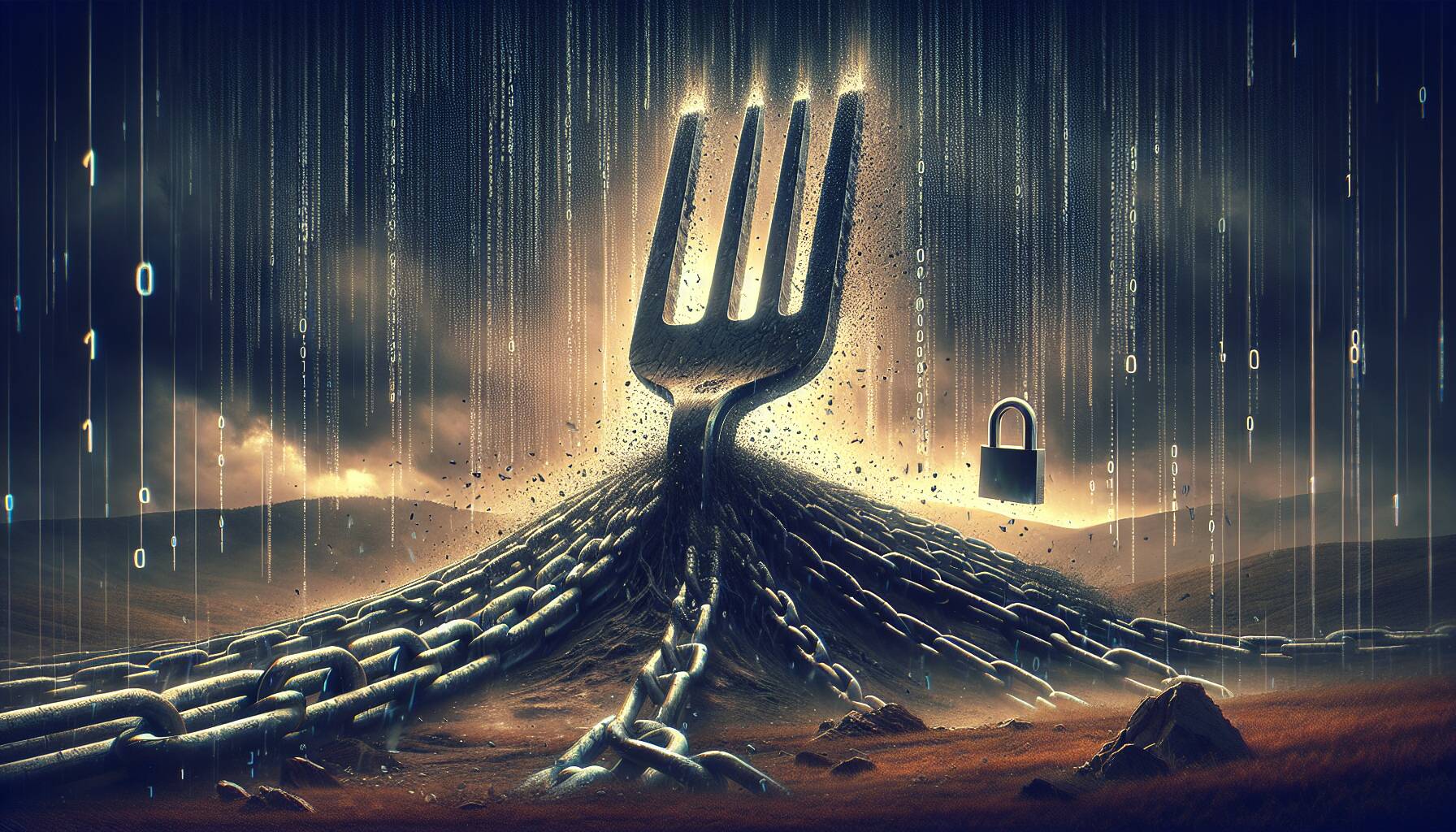The cryptocurrency landscape is once again in the spotlight as developers take a strategic pause to implement an emergency hard fork. This critical move is designed to isolate compromised contracts and aid in the recovery of affected assets, reflecting a proactive approach to safeguarding digital investments.
In the ever-evolving world of blockchain technology, security remains a top priority. The decision to halt operations temporarily speaks volumes about the developers’ commitment to ensuring user safety and restoring trust within the ecosystem. By executing this hard fork, they aim to create a robust safety net, allowing for the identification and resolution of vulnerabilities that have come to light.
“This pause not only gives us the opportunity to address immediate threats but also reinforces the importance of transparency and security in cryptocurrency operations,” a spokesperson for the development team stated.
This proactive measure underscores a growing trend in the industry, where the rapid pace of innovation is often met with challenges that necessitate immediate action. The hard fork, a process that alters the blockchain’s protocol, is a powerful tool in the developers’ arsenal, allowing them to effectively manage risks and enhance the overall robustness of their platform.
As the dust settles from this significant decision, the cryptocurrency community watches closely, aware that effective risk management could very well dictate the future of digital assets. This development serves as a reminder of the dynamic nature of the blockchain space and the importance of staying vigilant in the face of emerging threats.

The Impact of Emergency Hard Forks on Blockchain Security
Key points regarding the emergency hard fork and its implications:
- Temporary Operational Pause:
This pause allows developers to assess the situation and ensure the integrity of the blockchain.
- Hard Fork Implementation:
A hard fork can effectively isolate compromised contracts from the network, preventing further exploitation.
- Asset Recovery:
This process aims to recover assets affected by the compromise, which can restore confidence among users.
- Impact on Developers:
Developers must be prepared to respond rapidly to security breaches, enhancing their protocols and security measures.
- User Trust:
Successful recovery efforts can boost user trust and encourage continued participation in the blockchain ecosystem.
The effectiveness of a hard fork can influence the long-term viability of blockchain projects and their adoption rates.
Impact of the Emergency Hard Fork on Developer Operations
The recent decision to implement a temporary pause in operations for developers introduces an emergency hard fork designed specifically to isolate compromised contracts and facilitate the recovery of affected assets. This move exemplifies a proactive approach within the industry, contrasting sharply with other blockchain projects that often struggle to address vulnerabilities promptly. From a competitive standpoint, this emergency intervention acts as a significant advantage, showcasing a commitment to security and user asset protection.
However, the necessity for such a pause highlights potential vulnerabilities inherent in the system that could raise concerns for developers and users alike. While some projects have managed to maintain uninterrupted services during crises through decentralized governance and automated recovery processes, the step taken here may be viewed as a reactive stance rather than a preventive strategy. This could create challenges for users who prioritize stability and continuity in their digital investments.
Developers focusing on security and reliability will likely benefit from this hard fork as it promotes a standard for responsible crisis management. Conversely, projects that have not taken similar actions may face increased scrutiny and competition as users weigh the risks associated with their chosen platforms. This scenario emphasizes the importance for developers in the blockchain space to be prepared for unforeseen security breaches and the need for agile responses to build user trust and loyalty.
Overall, while this emergency hard fork offers a pathway for recovery and showcases a strong approach to risk management, it inadvertently shines a light on the operational weaknesses of other platforms. As the industry evolves, distinguishing between proactive and reactive measures will become crucial for developers looking to establish a competitive edge.
















